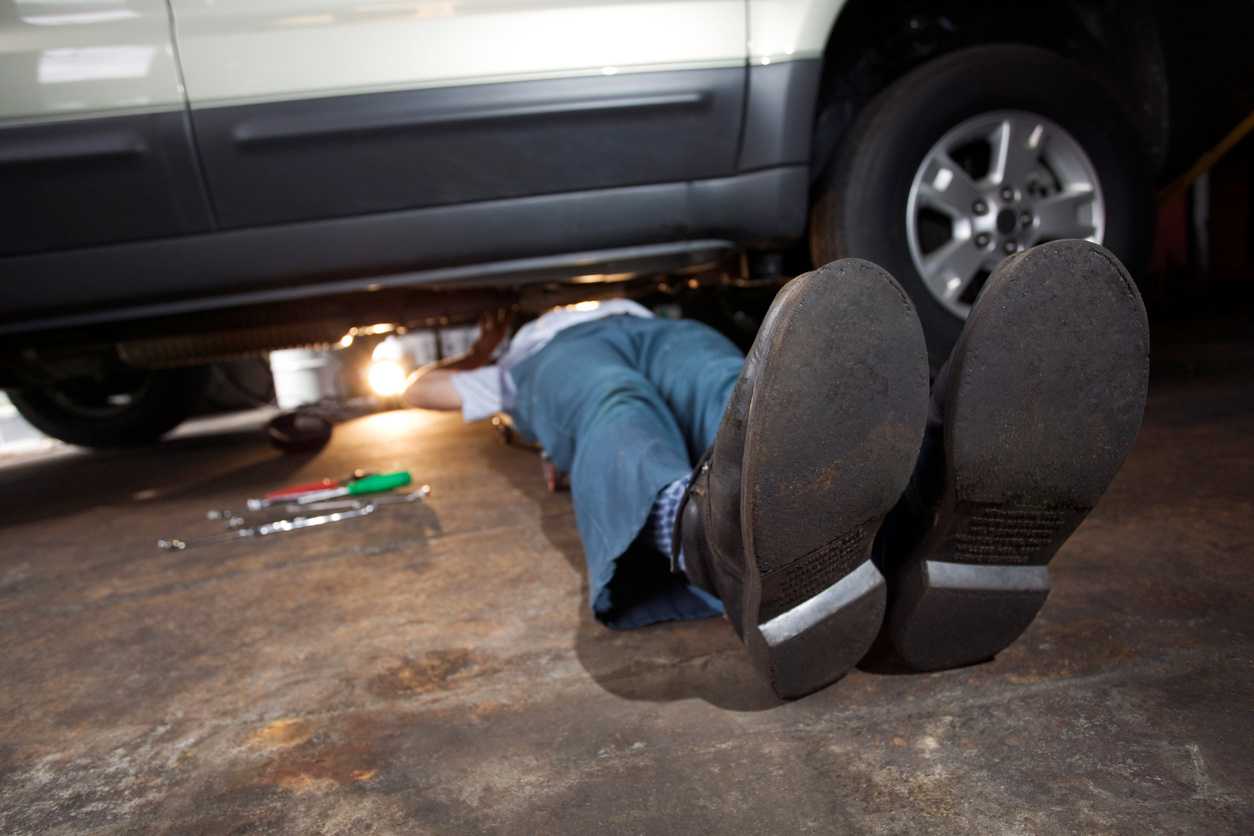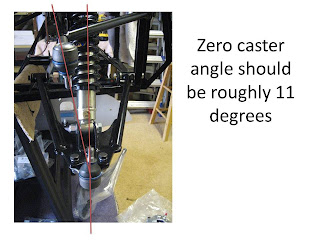Went to the Matthew Street Festival in Liverpool yesterday. Such a great atmosphere and so many people just there for the music and the sunshine. Today its raining again. What do you expect for August Bank Holiday. So tried to spend a little time in the garage around some home chores and family business.
First thing was to install the steering rack. Quite straight forward having already shortened and painted the U-bolt. Mounted it mid-to high on the brackets to give a much clearance as possible over the lower front wishbone mountings. Then opened the bag containing the rack extensions. As you can see the thread inside the extension tube is corroded which prevents the extension screwing onto the rack any further than 10mm to 15mm. An M14 x2 tap has been ordered to clean the threads. I am sure GBS would do it for me if I asked but a new tap is £7.50 delivered which is far cheaper than as 120mile round trip to Newark.
I am still undecided as to the final look of the external aluminium. Should I simply leave as is; paint it; wrap it or polish it. I tried the “polish it” option on the top of the boot infill panel. As you can see, you can get quite a good finish with metal polish and an electric drill attachment.
Finally today I placed the internal panels around the chassis to see how it all fitted together. No sure about the boot infill panels below. They seem to have been bend at the wrong angle.
Update 29th Aug 2012: Yes. After an email conversation with Richard@GBS today, the panels need to be bent back to fit flush with the top of the petrol tank. Whilst fiddling with these panels, the brake pipe T-junction caught my eye again. When I put some tension on the hand-brake cables after fitting the rear callipers, I noticed that the brake pipe was very close to the hand-brake cable adjuster. I decided tonight that it was too close and moved the mounting mount up a few millimetres. There is very little tolerance for movement here. Behind the mounting place is a chassis bar and you can’t drill into this bar because there will not be sufficient clearance for the brake light sensor to sit under the boot floor.



